Stablecoins Explained: USDT vs. USDC vs. DAI – Which is Safer in 2025?
By CapitalKeeper | Begginer’s Guide | Crypto Capital | Market Moves That Matter
Discover the pros, risks, and portfolio roles of USDT, USDC, and DAI. A detailed guide for investors to choose the safest stablecoin in 2025.
Stablecoins Explained: USDT vs. USDC vs. DAI – Which is Safer?
Introduction
The cryptocurrency ecosystem has always been associated with high volatility, making it both exciting and risky for investors. Amid this unpredictability, stablecoins have emerged as the bridge between traditional finance and digital assets. They are designed to maintain a stable value, usually pegged to fiat currencies like the U.S. Dollar, offering traders and investors a safe harbor during turbulent market swings.
In 2025, the stablecoin market continues to grow rapidly, with Tether (USDT), USD Coin (USDC), and Dai (DAI) leading the charge. But with rising regulatory scrutiny and shifting investor preferences, one question remains vital: Which stablecoin is the safest for your portfolio?
This blog explores the strengths, weaknesses, risks, and use cases of USDT, USDC, and DAI, giving you a clear roadmap to navigate stablecoin adoption.
What Are Stablecoins?
Stablecoins are digital currencies pegged to stable assets such as fiat currencies, commodities, or algorithmic mechanisms. Their primary goal is to minimize volatility and enable smooth trading, payments, and DeFi participation.
Key Benefits of Stablecoins:
- Price Stability: Unlike Bitcoin or Ethereum, stablecoins do not experience wild price fluctuations.
- Liquidity: They are widely accepted across exchanges, DeFi platforms, and crypto wallets.
- Fiat On/Off-Ramp: Stablecoins allow users to quickly move between traditional finance and crypto.
- DeFi Utility: They are heavily used in lending, borrowing, and yield farming.
USDT (Tether): The Market Giant
Overview:
USDT, issued by Tether Limited, is the largest stablecoin by market capitalization. It dominates global trading pairs and is the backbone of liquidity in crypto exchanges.
Pros:
- Liquidity Leader: Highest adoption across exchanges and trading pairs.
- Global Utility: Widely used for remittances and cross-border settlements.
- High Velocity: Supports fast, cheap transfers compared to traditional banks.
Risks:
- Transparency Concerns: Tether has faced repeated controversies regarding whether each token is fully backed by reserves.
- Regulatory Risks: Governments often question its auditing practices and potential exposure to commercial paper.
- Centralized Control: The issuer has the power to freeze or blacklist wallets.
Best for: Traders who prioritize liquidity and accessibility but are comfortable with higher trust risks.
USDC (USD Coin): The Regulator’s Favorite
Overview:
USDC, issued by Circle and Coinbase under the Centre Consortium, is often regarded as the most transparent and regulation-friendly stablecoin. It is fully backed by cash and short-term U.S. Treasury bonds.
Pros:
- Regulatory Compliance: Issuers follow strict U.S. regulatory frameworks.
- Transparency: Monthly audits and reserve disclosures enhance investor trust.
- Institutional Adoption: Banks, fintechs, and enterprises often prefer USDC.
Risks:
- Centralized Control: Similar to USDT, issuers can freeze addresses.
- Exposure to U.S. Regulation: While seen as safer, reliance on U.S. financial institutions could become restrictive if policies tighten.
- Not as Liquid as USDT: Though growing, its liquidity is still smaller compared to Tether.
Best for: Long-term investors, institutions, and those who prioritize regulatory safety and compliance.
DAI: The DeFi Favorite
Overview:
DAI is a decentralized stablecoin issued by MakerDAO. Unlike USDT and USDC, it isn’t backed 1:1 by fiat currency. Instead, it is collateralized by crypto assets (primarily ETH and USDC) through smart contracts.
Pros:
- Decentralized Structure: No central authority controls DAI issuance.
- DeFi Native: Integral to lending, borrowing, and yield farming platforms.
- Resilient Mechanism: Maintains peg through overcollateralization and liquidation of vaults.
Risks:
- Overcollateralization Requirement: Users must lock more collateral than the value of DAI minted.
- Peg Stability: In times of market crashes, DAI has struggled to maintain its dollar peg.
- Dependence on USDC: Ironically, a significant portion of DAI stability relies on USDC, creating centralization risks.
Best for: DeFi enthusiasts, crypto-native investors, and those who value decentralization over institutional compliance.
USDT vs. USDC vs. DAI: A Quick Comparison
| Feature | USDT | USDC | DAI |
|---|---|---|---|
| Issuer | Tether Limited | Circle & Coinbase (Centre) | MakerDAO (decentralized) |
| Backing | Fiat reserves (uncertain) | Fiat + Treasuries (audited) | Crypto collateral (ETH, USDC) |
| Liquidity | Highest | Growing, moderate | Strong in DeFi |
| Transparency | Controversial | High (regular audits) | Smart contract-based |
| Regulation | Scrutinized | Regulation-friendly | Community governance |
| Use Case | Trading & remittances | Institutional & compliance use | DeFi protocols & decentralization |
Portfolio Usage: Where Do They Fit?
- USDT: Ideal for traders needing fast liquidity and global access.
- USDC: Best for investors prioritizing regulatory clarity and long-term safety.
- DAI: Perfect for those deeply involved in DeFi ecosystems and seeking decentralization.
Diversification Tip: Many investors split stablecoin holdings across USDT, USDC, and DAI to minimize risk exposure while maximizing liquidity and utility.
The Future of Stablecoins in 2025 and Beyond
Stablecoins are no longer just trading tools — they are becoming critical to the future of money. With governments exploring Central Bank Digital Currencies (CBDCs) and regulators tightening rules on issuers, the stablecoin landscape will evolve significantly.
- USDT may remain the liquidity giant but could face regulatory hurdles.
- USDC is likely to grow as the institutional favorite, aligning with government policies.
- DAI represents the decentralized dream, though its reliance on USDC introduces some contradictions.
Ultimately, the safest choice depends on your risk tolerance, investment horizon, and use case.
Conclusion
Stablecoins are the backbone of the crypto economy, bridging the gap between traditional finance and decentralized ecosystems. While USDT offers unmatched liquidity, USDC provides regulatory security, and DAI pushes forward the decentralized vision, each comes with its own risks.
For investors, the key lies in understanding these trade-offs and allocating wisely. Whether you’re a day trader, a long-term HODLer, or a DeFi enthusiast, stablecoins will continue to play a pivotal role in shaping the future of finance.
📌 For daily trade setups, technical learning, and smart investing tips, stay tuned to CapitalKeeper.in
📌 For more real-time updates, trade setups, and investment insights — follow us on [Telegram] and [WhatsApp Channel] subscribe to our newsletter!

Subscribe Now , Join Telegram the Crypto Capital Club, Get Free Crypto Updates
📌 Disclaimer
The content provided on CapitalKeeper.in is for informational and educational purposes only and does not constitute investment, trading, or financial advice. While we strive to present accurate and up-to-date market data and analysis, we make no warranties or representations regarding the completeness, reliability, or accuracy of the information.
Stock market investments are subject to market risks, and readers/investors are advised to conduct their own due diligence or consult a SEBI-registered financial advisor before making any investment decisions. CapitalKeeper and its authors are not liable for any loss or damage, direct or indirect, arising from the use of this information.
All views and opinions expressed are personal and do not reflect the official policy or position of any agency or organization. Past performance is not indicative of future results.By using this website, you agree to the terms of this disclaimer.
Ranjit Sahoo
Founder & Chief Editor – CapitalKeeper.in
Ranjit Sahoo is the visionary behind CapitalKeeper.in, a leading platform for real-time market insights, technical analysis, and investment strategies. With a strong focus on Nifty, Bank Nifty, sector trends, and commodities, she delivers in-depth research that helps traders and investors make informed decisions.
Passionate about financial literacy, Ranjit blends technical precision with market storytelling, ensuring even complex concepts are accessible to readers of all levels. Her work covers pre-market analysis, intraday strategies, thematic investing, and long-term portfolio trends.
When he’s not decoding charts, Ranjit enjoys exploring coastal getaways and keeping an eye on emerging business themes.
📌 Follow Ranjit on:
LinkedIn | Twitter/X | Instagram | ✉️ contact@capitalkeeper.in
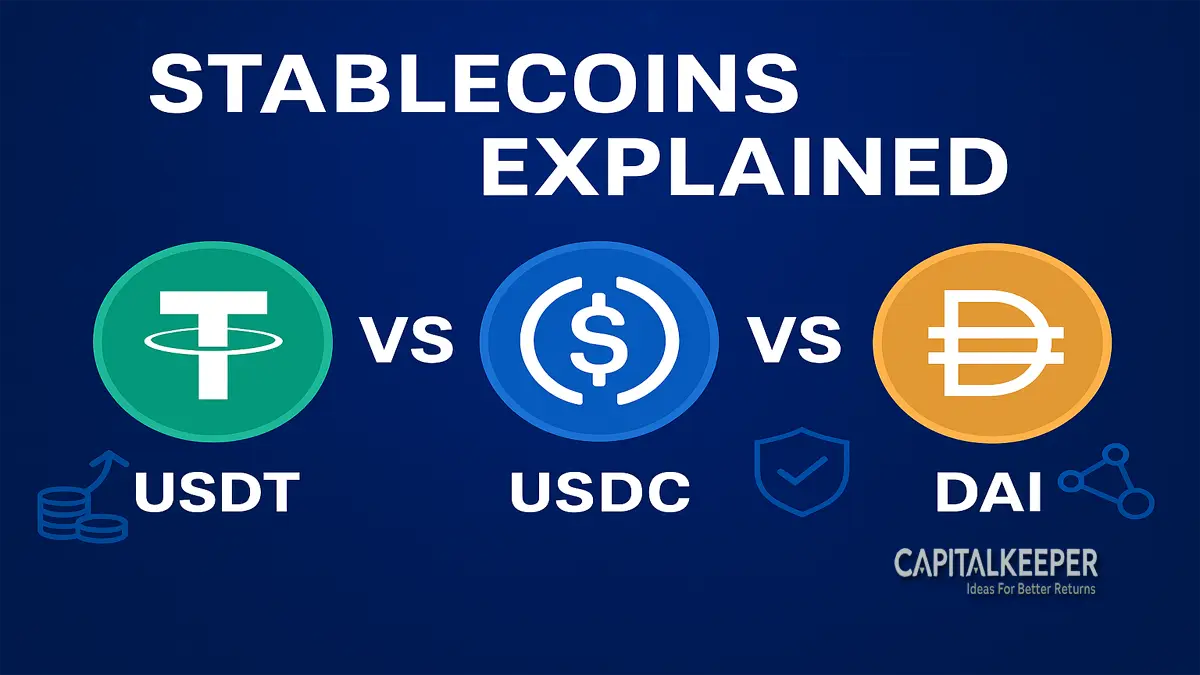

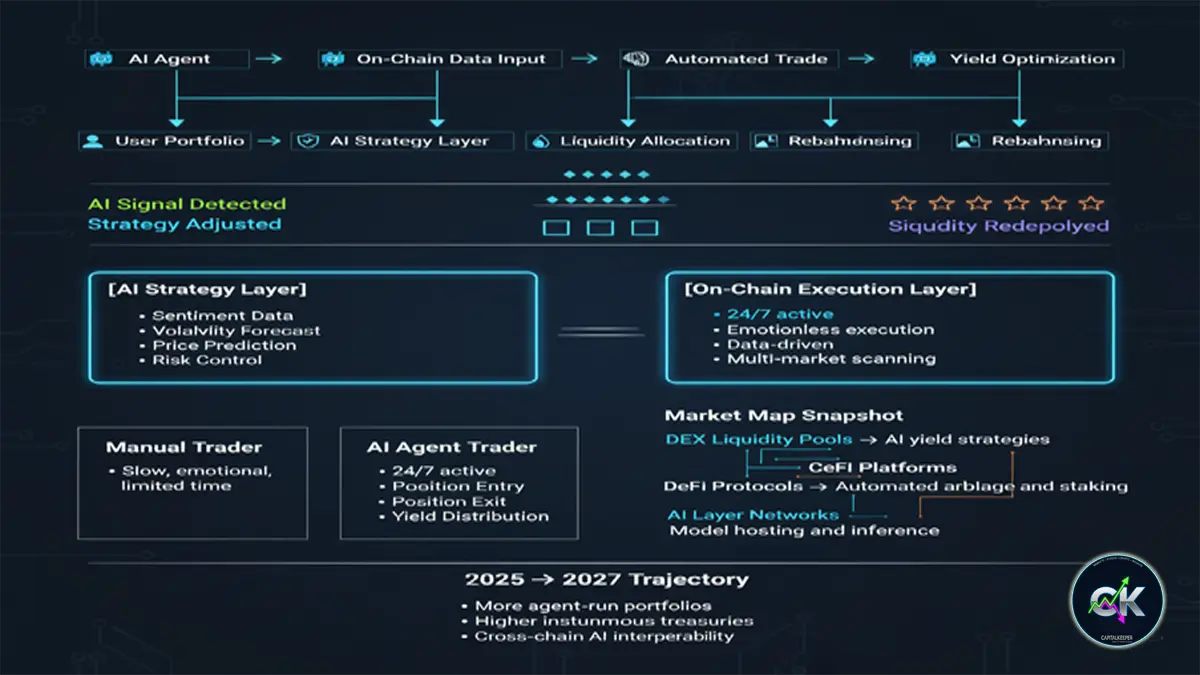

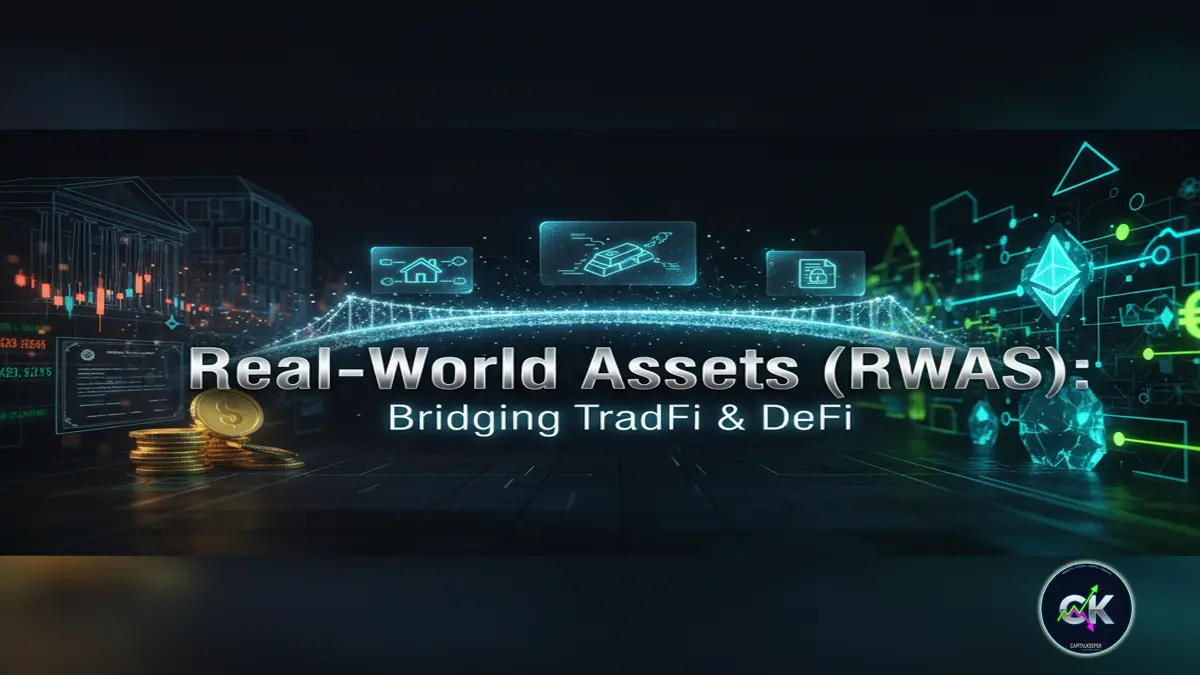
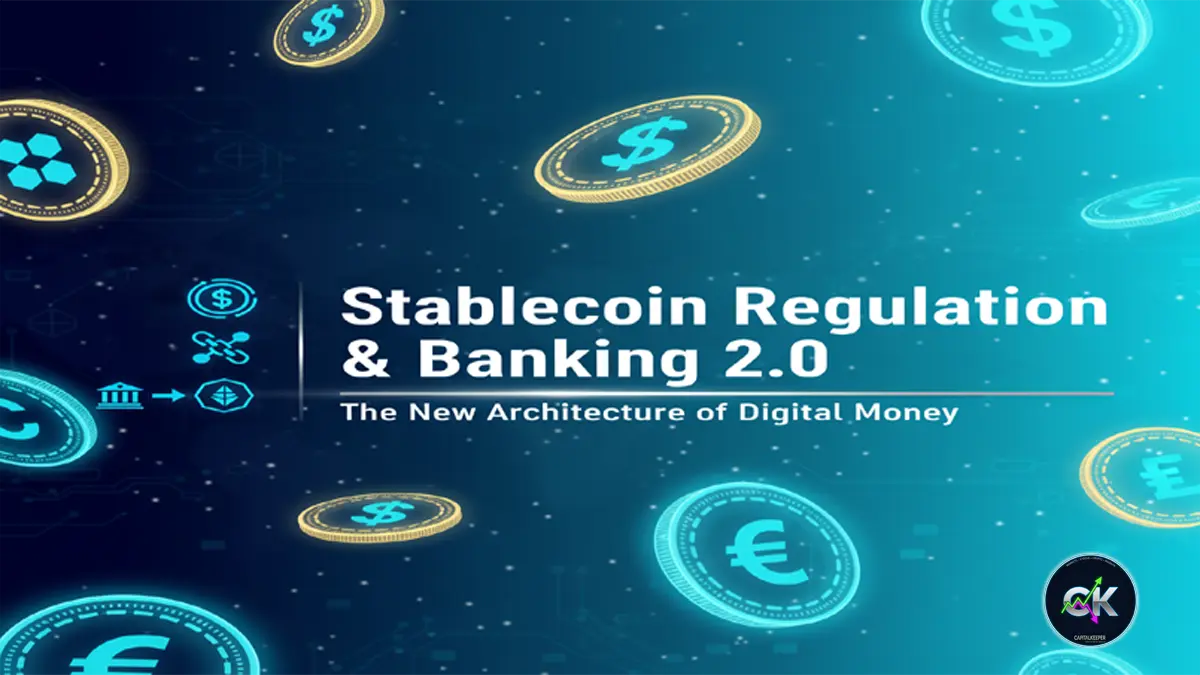
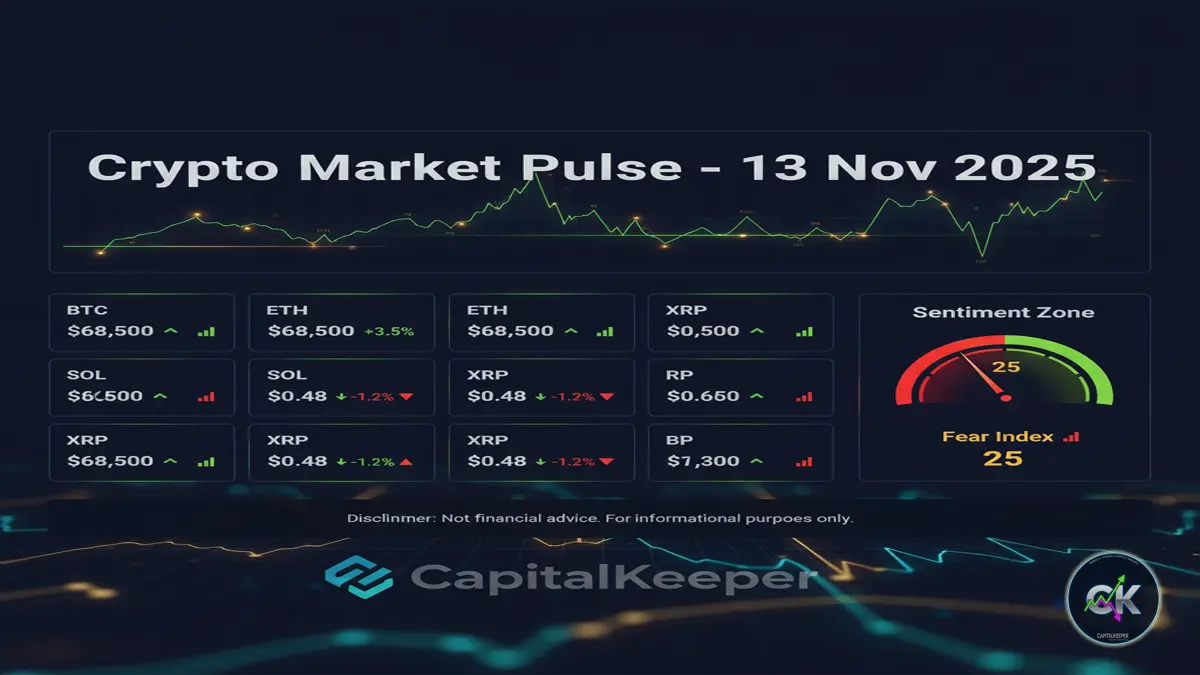
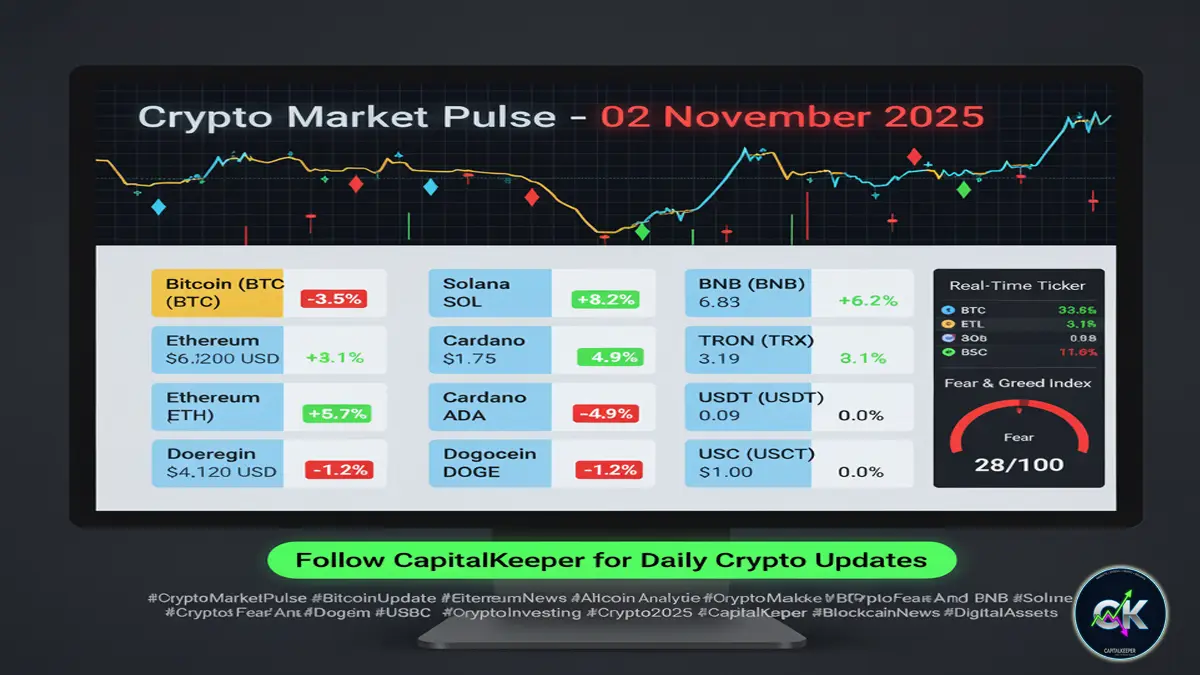
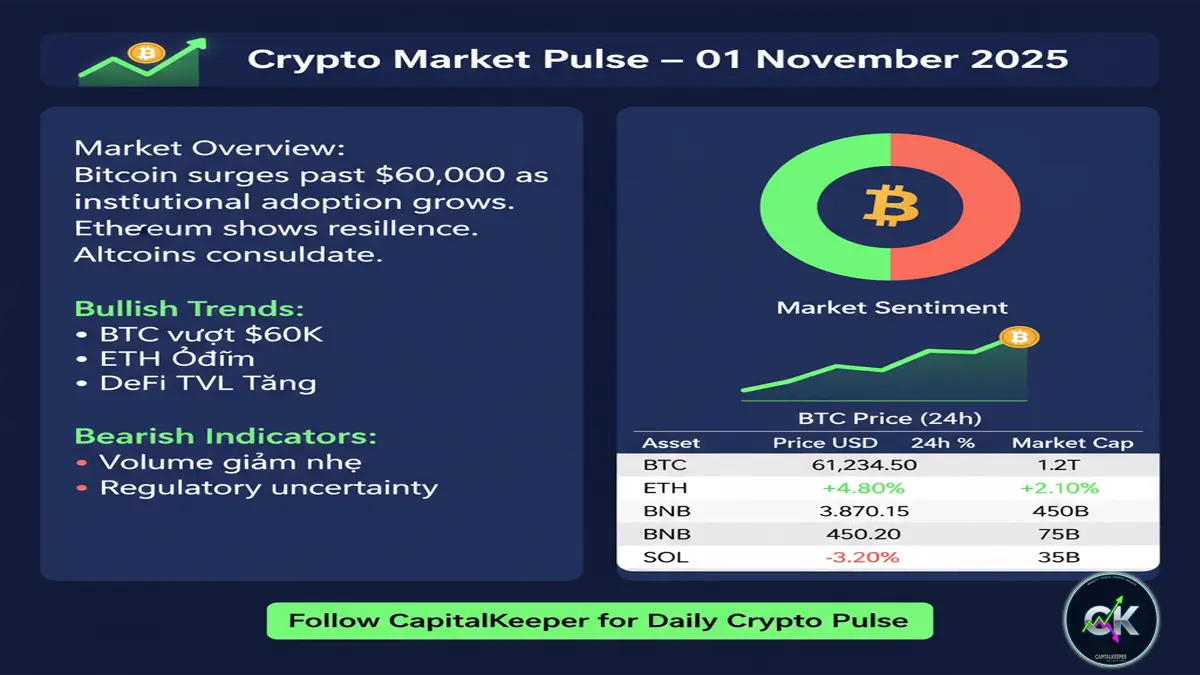
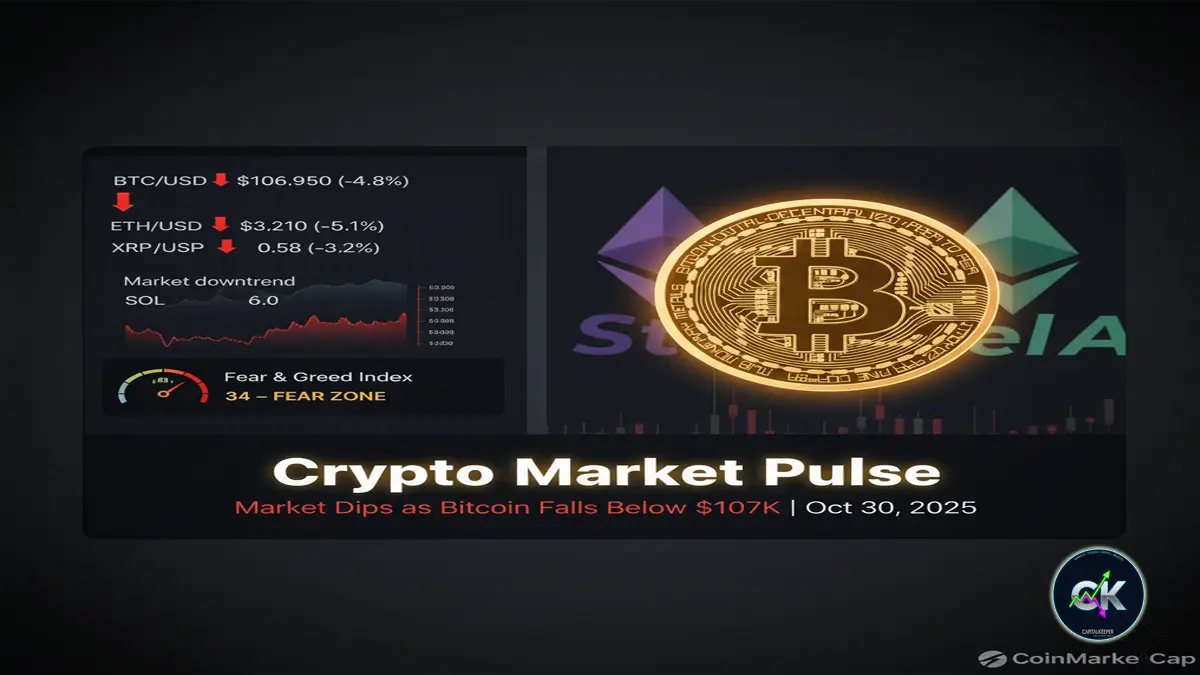
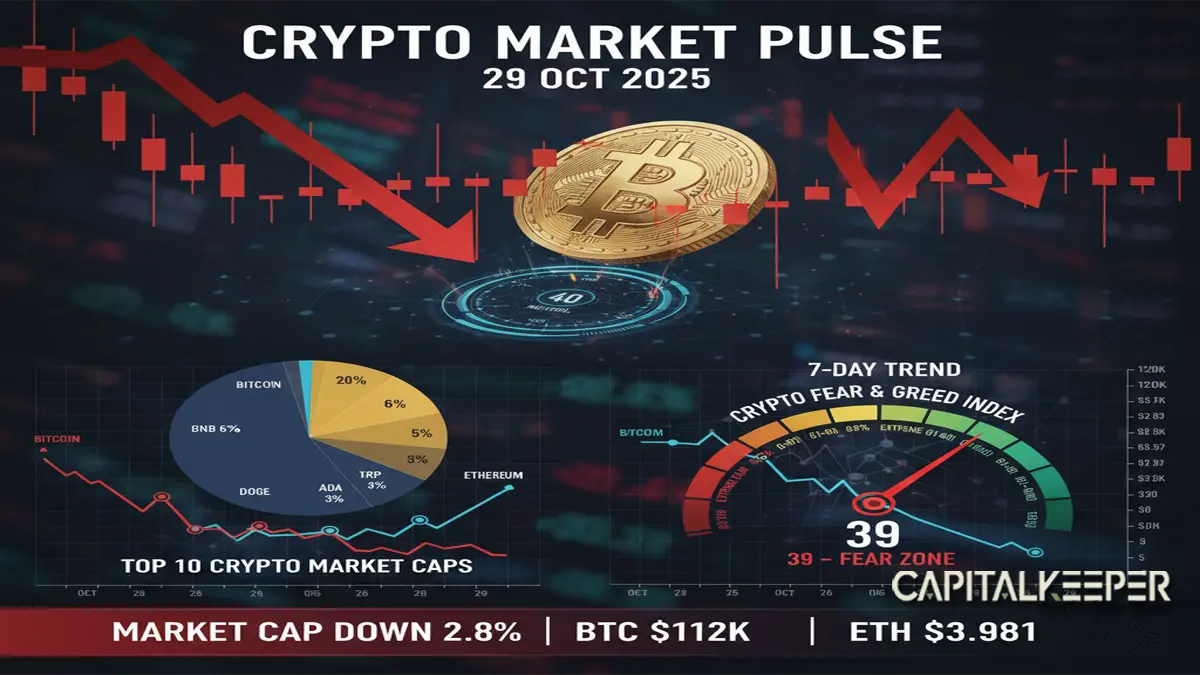
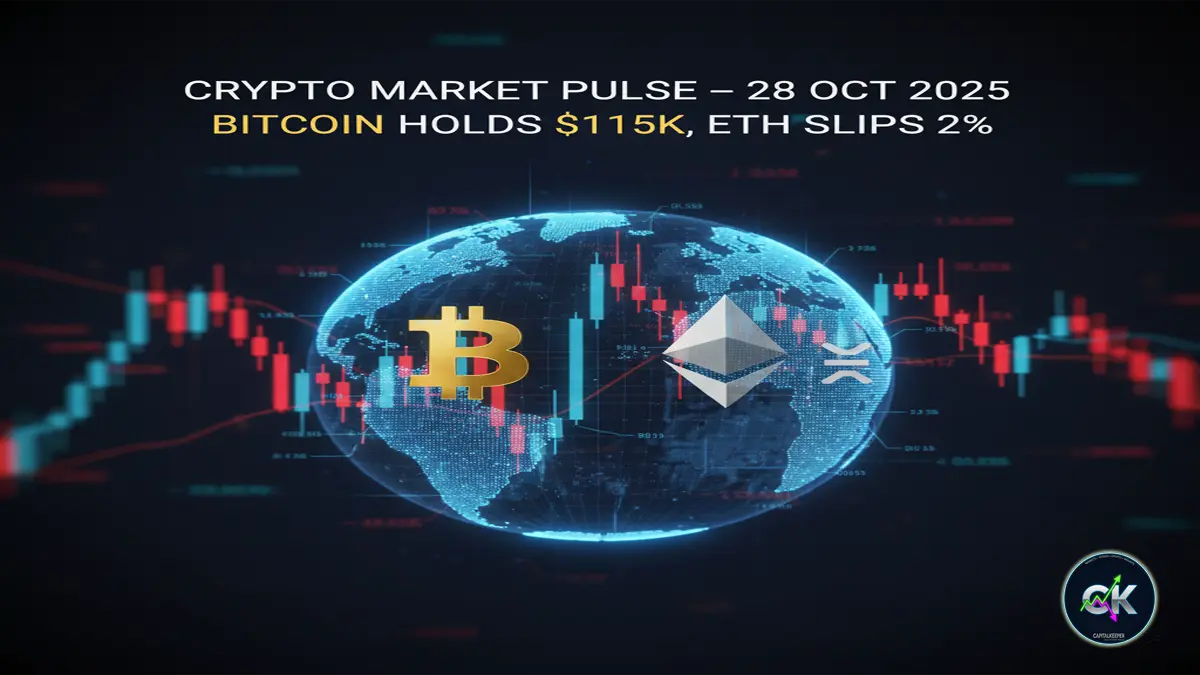

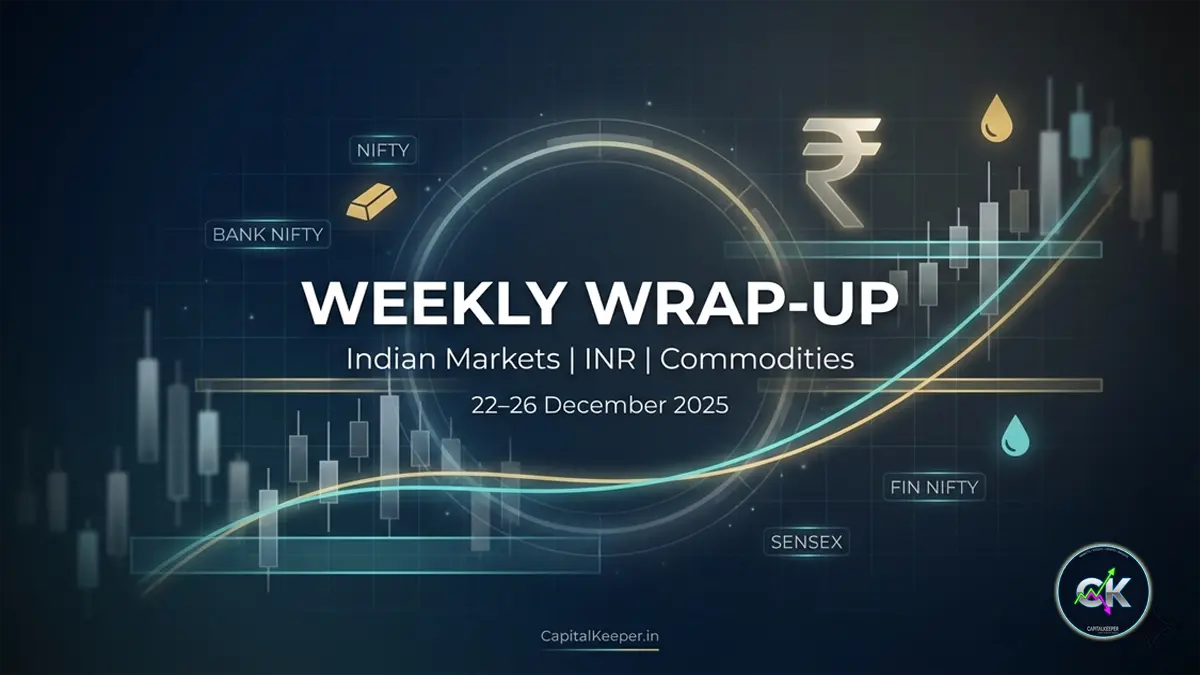
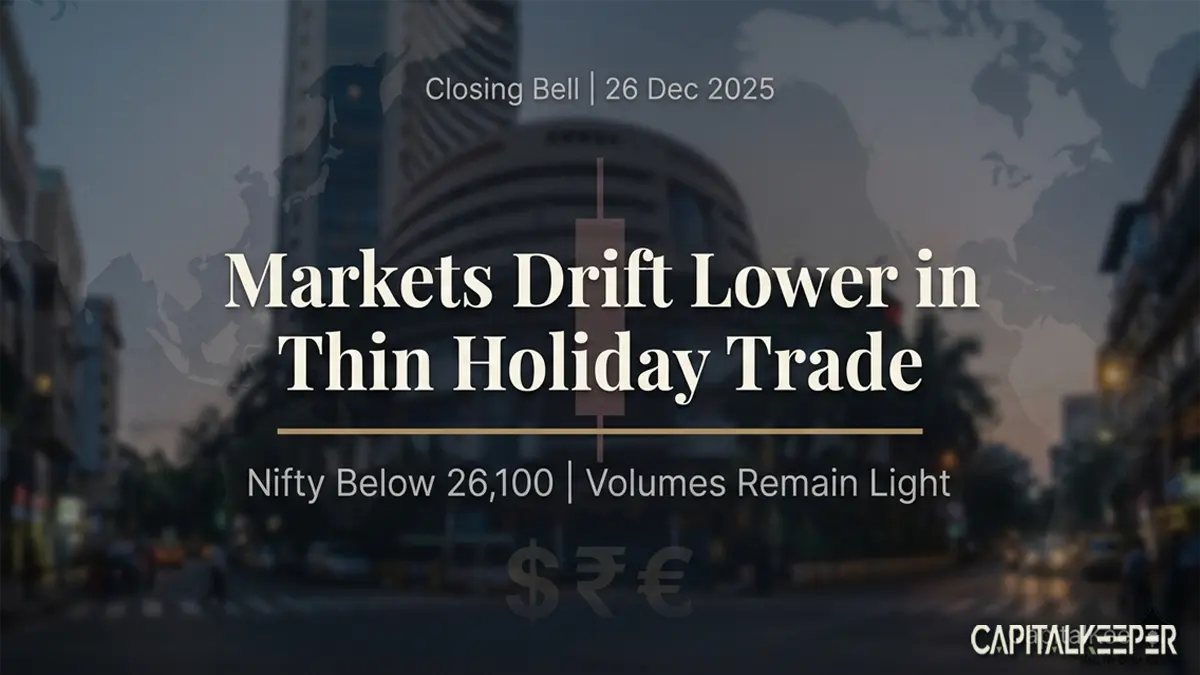

Leave a Reply